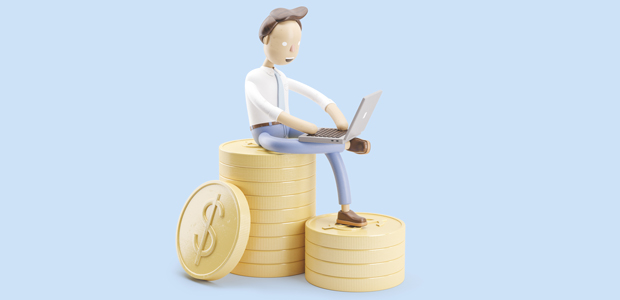
"How will my business trade six months from now?"
Any business at any time has to constantly be considering how best to trade in the present, and how best to trade in the future. This is equally true in the good times as it is in the difficult times. For many, this strange period where the world is caught up in the coronavirus pandemic is certainly one of the much more difficult times, but for some lucky businesses it is actually a period of rapid growth and great opportunity.
But whatever position you and your business find yourself in, the question that I keep hearing is how will the present situation affect the medium term trading of my business, and how will my business trade six months from now? Some of the businesses asking this question are those that have benefitted from the recent uncertainties and others are businesses that are looking for ways to survive.
One thing is clear, all businesses will need to take their business plan and financial forecasts off the shelf and revisit them. For some businesses it will be as simple as rolling back the forecasts by three months and making some relative minor changes. For others, the business model, product, service, distribution channels, or some other fundamental aspect of their business will have changed during these times and so the whole business model will need to be revalidated.
Revalidation of the business model and reforecasting the financials can often have an element of guesswork, but the biggest unknown at present is when will the world be able to return to a semblance of normal, and what will the ‘new normal’ look like? In order to forecast the future, it is important to have a very solid starting point, both in terms of timing and parameters for the market, but at this point in time both are uncertain for all. As such, any future predictions are even more difficult than normal.
What is possible to say is that there are broadly five different ways that the pandemic will affect different businesses.
The first, and clearly the most unfortunate, is the reality that some businesses will fail either during the lockdown or shortly thereafter. These businesses will predominantly be B2C and in sectors like hospitality and travel. The failure rate will be much higher in some sectors than others, but the reason will be cashflow and not a big enough cash reserve - or access to enough financing in its various forms. These businesses will not be trading six months from now.
The second, and one of the three most common groups in the middle of the five, will be businesses that survive the lockdown and manage to effectively put their business into something of a dormant state by cutting costs as much as possible, preserving cash and maximising cashflow. Whilst much of their income may have dried up, they will manage to keep their customers engaged and loyal, and show that they care and value them. Many will continue with some form of advertising or marketing and almost all will be busy on social media. They might emerge weaker or in a similar position to previously, but all will have a broadly unchanged outlook to the pre-pandemic situation and trade will return to ‘normal’ six months from now.
The third group is almost identical to the second, other than much of their lost business will simply have been deferred rather than lost and so they will experience a large peak in sales as customers place ‘back’ orders as they try to catch up. Good examples of this will be in the wedding or travel industries. Total sales for these businesses may be no different in total over, say, a two year period, but with almost no sales during lockdown but a sharp peak afterwards. As such, trade for these businesses will be very busy six months from now but the peak will flatten off.
The fourth, are businesses that will carry on trading almost totally unaffected by happy coincidence of the product or service that they offer, and for them they will continue to trade just the same six months from now.
The fifth group are the very fortunate few whose products or services have seen a sharp increase in demand because of the strange circumstances. These are companies in the medtech sector as well as mental wellbeing, home delivery, and many other obvious and not so obvious companies and sectors. A large number of these companies will benefit permanently and will be trading much better six months from now than they were six months ago, but others such as home deliveries will return to the long term trend and see trading slacken from present peaks.
Two things are certain though: the ‘new normal’ will be different from the pre-pandemic normal; and most companies that survive in any of the last four groups above will have adapted their business model and work practices. These two factors together mean that the majority of businesses will be trading differently six months from now, but four of the five groups will still be trading.

